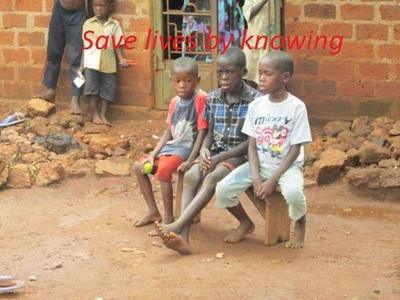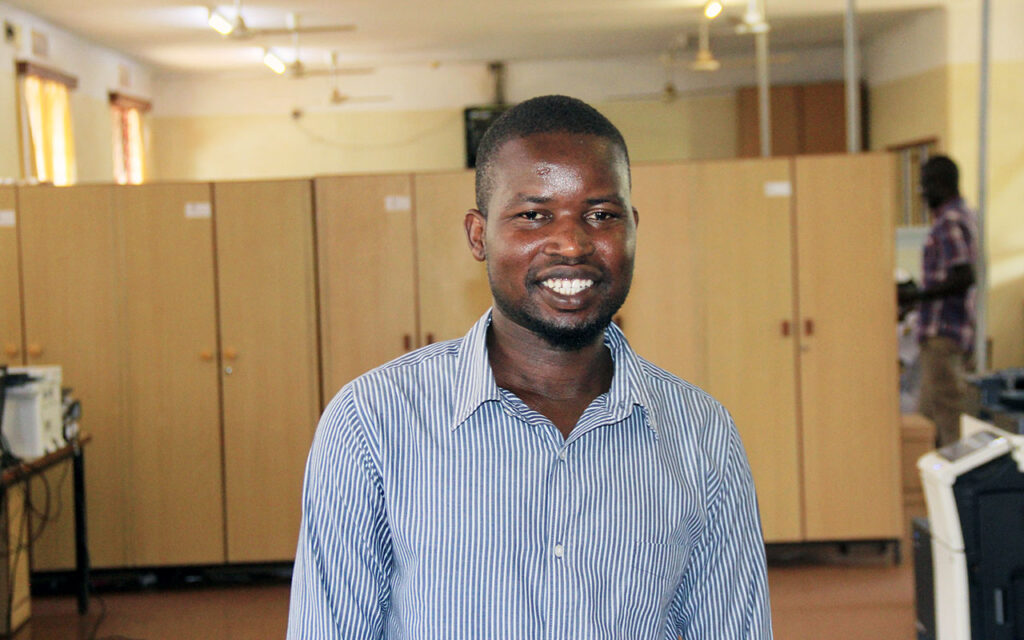Uganda opens its eyes to haemophilia care
Driving in from Entebbe to Kampala, you learn very quickly to keep your eyes closed. It’s a free for all, with cars coming from every direction. Very “Game of Thrones”. Walking into the paediatric department of Mulago Hospital there’s the same sense of controlled chaos and a similar urge to keep “eyes wide shut”.
London’s Great Ormond Street Hospital is taking part in a four-year World Federation of Hemophilia sponsored twinning programme with Mulago, and I am in Uganda with the London team – Kate Khair, Jemma Efford and Nicola Hubert – as they share their expertise with the doctors and nurses at Kampala’s largest referral centre.
This visit was the result of two years work by Kate and Agnes Kisakye from the Haemophilia Foundation of Uganda. Agnes is a tireless advocate for Uganda’s haemophilia population, and after just a few minutes in her company you realise that her Blackberry (previously owned by Kate) rarely stops ringing. She takes every opportunity to raise awareness of haemophilia, and has become a regular guest on national media.
Mulago is very large and has the bustle of a small town. Outside the children’s unit there are mothers and babies milling around, and on every corridor on every level of the hospital you see patients queuing to be seen by the medical staff. Some wait on trolleys (some with drips receiving treatment). It is noisy and feels chaotic, not least because there is much government-funded building work underway.

On our first day, Agnes took us to the hospitals’ children’s unit, where we met Sister Mary, Mulago’s principal haemophilia treater, busy dispensing factor to the mother of two boys with haemophilia. One boy is on traction: playing he had jumped and slipped and sustained a fractured femur and his mother had to deliver his treatment to the right department.
Sister Mary, it emerged, had been in the unit since 9.30 the previous night when she was called in to treat Joshua, a 24 year old with a traumatic head wound. Outside her cramped treatment room, dominated by a large fridge stocked with a small amount of factor, another patient, an 8-year-old deaf boy with severe haemophilia B waited patiently for his Factor IX.
Agnes proudly showed us the new haemophilia treatment room, the result of her lobbying of the hospital administrators. But it is only an interim measure – if HFU can establish the service it expects to get a larger haemophilia department in one of the new buildings.
On Friday this week, Agnes expects the corridor outside the new treatment room to be full with people with swollen joints and bruises and those who bleed more than normal after surgery, all come for testing as part of HFU’s “save lives by knowing” campaign, organized with support from Novo Nordisk Haemophilia Foundation.
The screening day is crucial and is a great example of Agnes’ ability to bring together complementary agencies and initiatives to the benefit of her patients. At present, factor is donated by WFH and SaveOneLife on a named-patient basis. Under the twinning programme, WFH will ship in factor for the Mulago staff to initiate prophylaxis for those with diagnosed haemophilia A or B. But at present, HFU estimates that only 2% of haemophilia patients are diagnosed. Although Mulago is able to identify bleeding disorders, it is not yet able to diagnose haemophilia. On Friday, Angus McCraw, formerly head of lab services at the Royal Free Hospital in London, will supervise the screening sessions, aided by one of some laboratory staff trained previously under the twinning scheme.
One of them turns out to be Joshua, the 24-year-old who was robbed and hit from behind last night. He fell over, resulting in a serious head wound. After being treated by Sister Mary, he had spent the night in Mulago and was waiting to have a CT scan at a cost of ugs150,000 (about £30). Later in the day we were pleased to hear that the scan showed no damage, though Sister Mary planned to keep him in for another night so he could have more factor.
Tomorrow Agnes will take us “up country” to meet a rural family of three boys with haemophilia that she has heard about. Then on Wednesday, Angus will be running a lab training course, and the GOSH team will start two days of training the nurses and physios. After Friday’s screening sessions, on Saturday NNHF and HFU are holding a patient camp, at which around 80 patients will come to learn more about living with haemophilia. No mean feat in Uganda.
Mike Holland is the founder of Haemnet and The Journal of Haemophilia Practice


